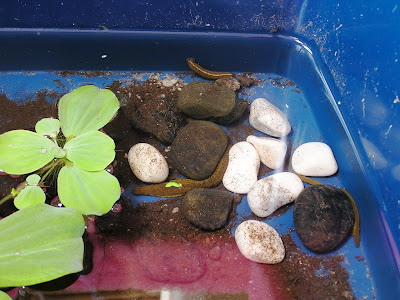Leech
From Wikipedia, the free encyclopedia
Leeches are annelids comprising the subclass Hirudinea. There are freshwater, terrestrial, and marine leeches. Like the Oligochaeta, they share the presence of a clitellum. Like earthworms, leeches are hermaphrodites. Some, but not all leeches are hematophagous.
The European Medical Leech (Hirudo medicinalis) and some congeners as well as some other species have been used for clinical bloodletting for thousands of years, although most leeches do not feed on human blood, but instead prey on small invertebrates, which they eat whole.
Haemophagic leeches attach to their hosts and remain there until they become full, at which point they fall off to digest. A leech's body is composed of 34 segments. They all have an anterior (oral) sucker formed from the first six segments of their body, which is used to connect to a host for feeding, and also release an anesthetic to prevent the host from feeling the leech. They use a combination of mucus and suction (caused by concentric muscles in those six segments) to stay attached and secrete an anti-clotting enzyme, hirudin, into the host's blood stream.
Some species of leech will nurture their young, while providing food, transport, and protection, which is unusual behavior amongst annelids
Leech like to rest in group at the edge of the plastic container.




















No comments:
Post a Comment